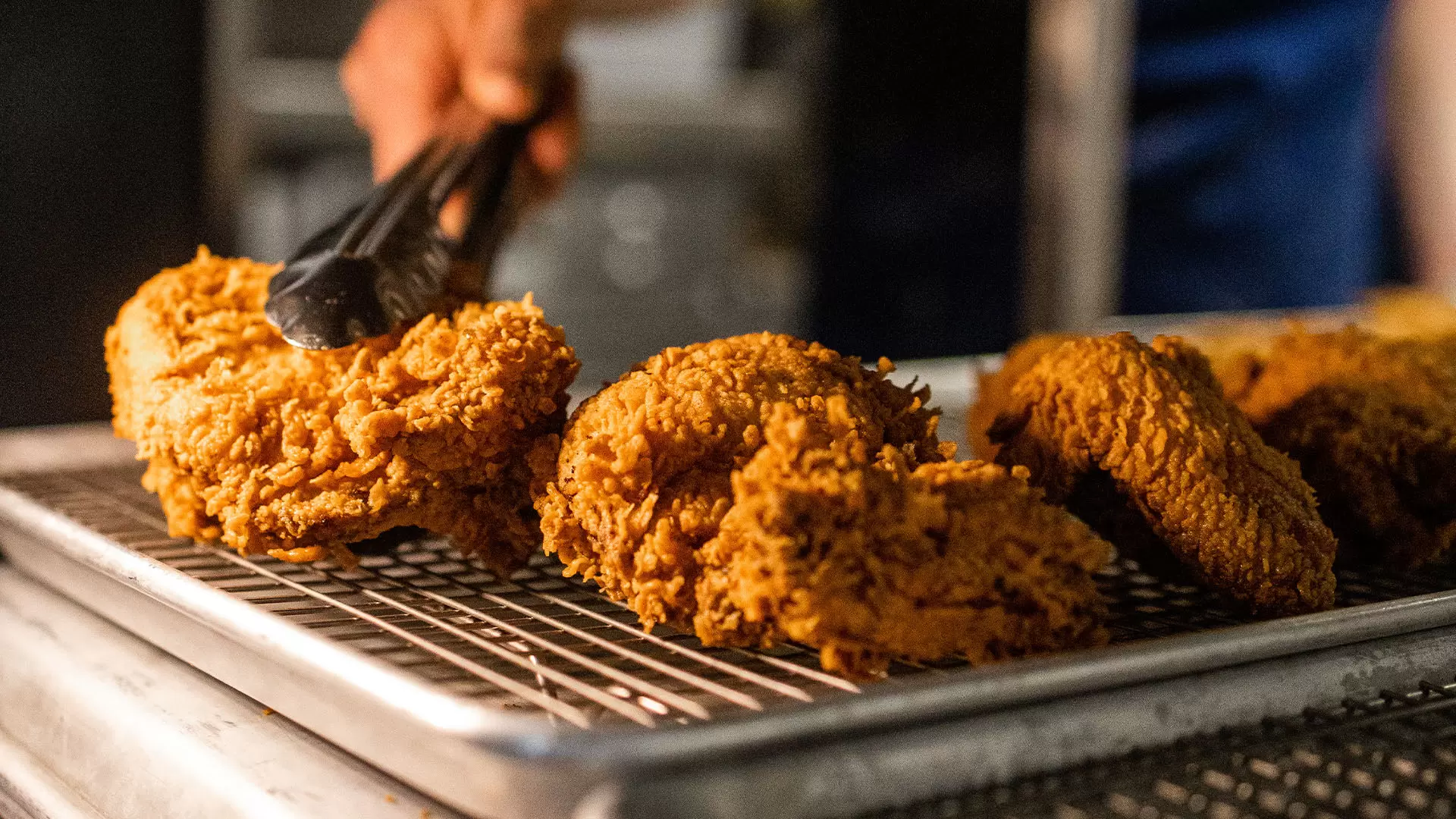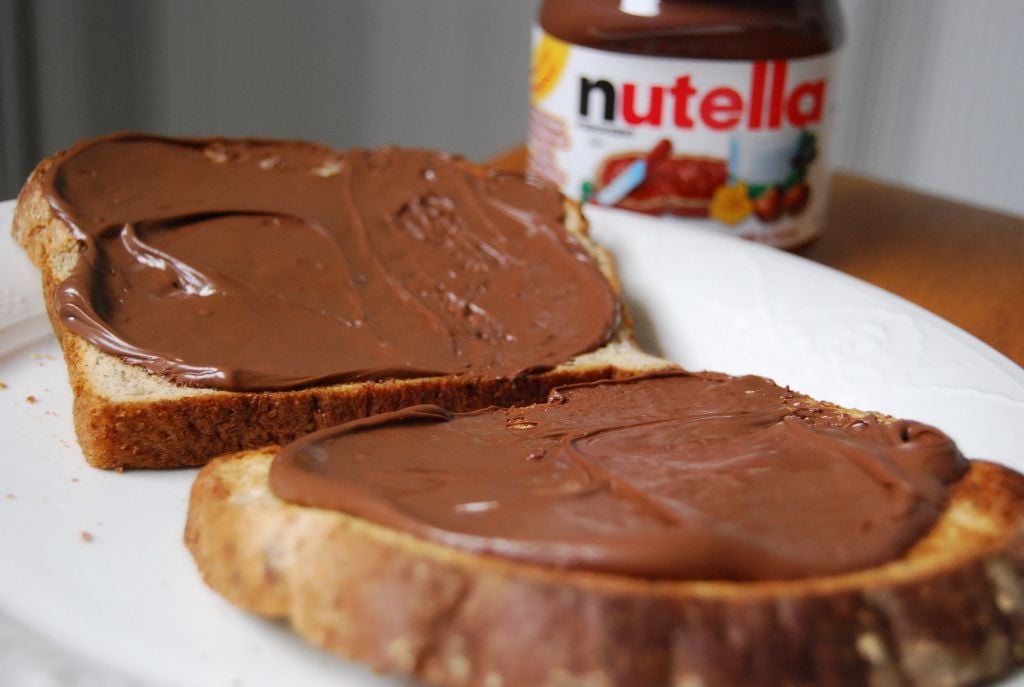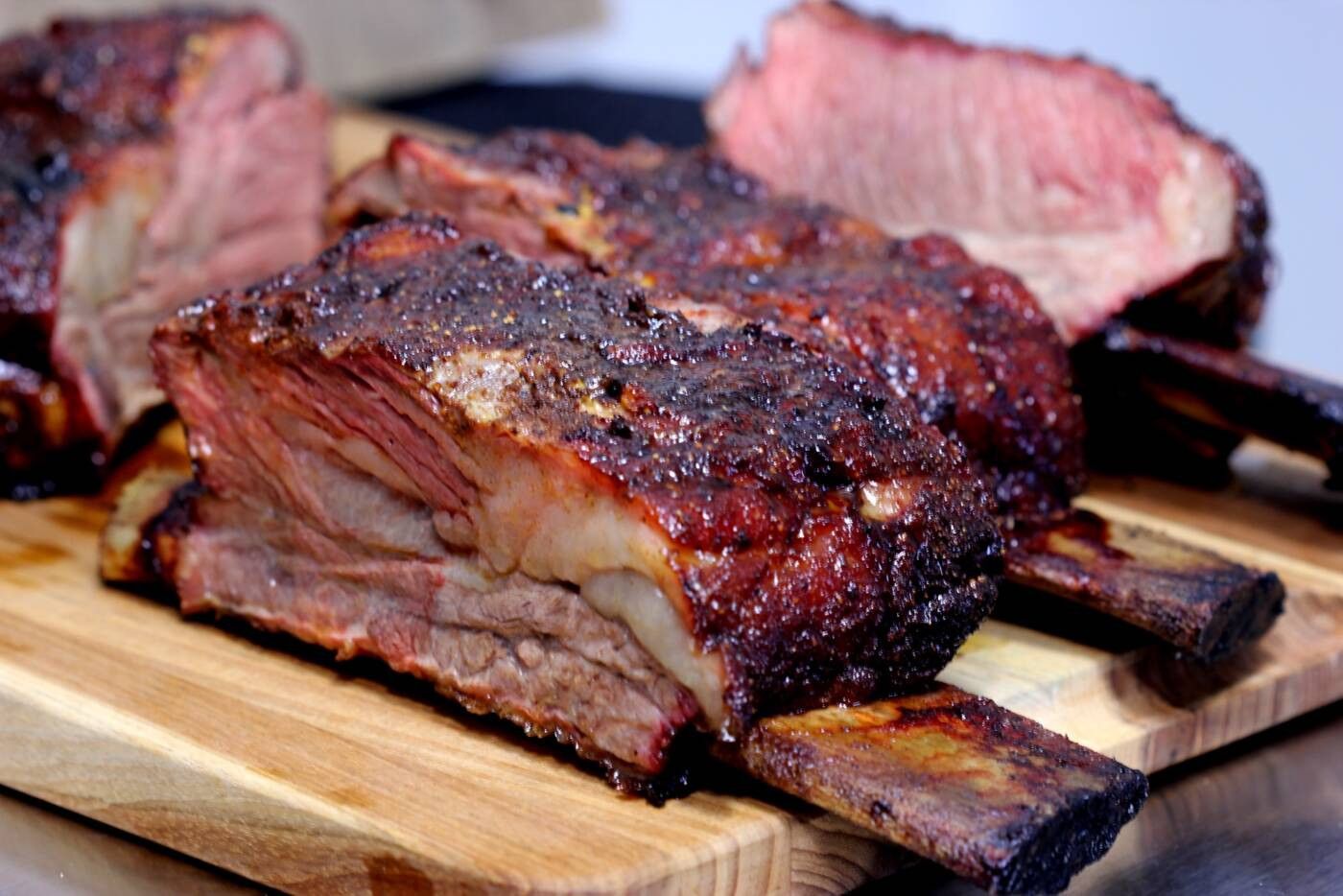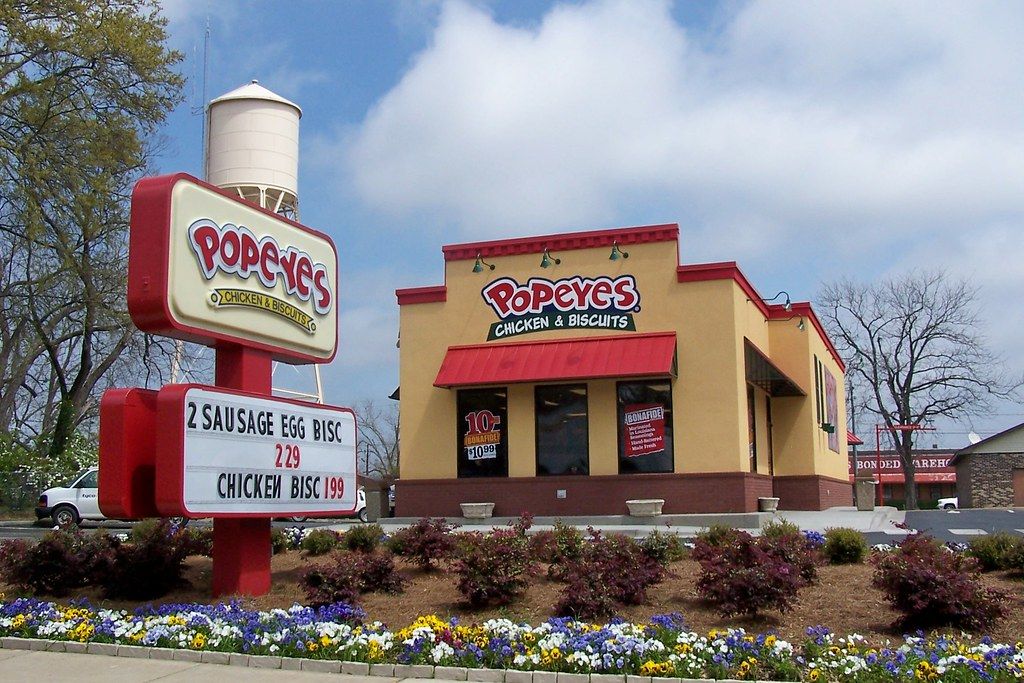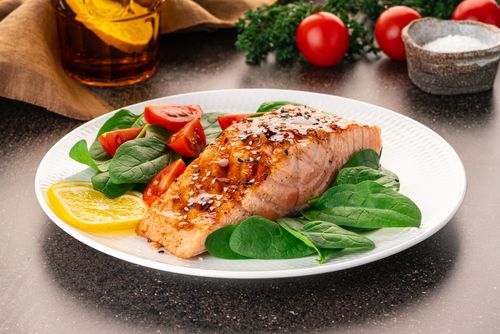
Reviving the Lost Art of Fish Poaching with Andrew Zimmern
- Aug 1, 2025
Andrew Zimmern, renowned chef, sings praises for the old-school meal preparation technique of fish poaching. Not only is it an ideal meal for a large gathering, but it is also versatile, perfect for a warm comfort dish during the colder months or a refreshing course in the summertime. Zimmern especially loves poached salmon and his enchantment with it goes back to his culinary adventures in France.
Zimmern shares a sweet memory from his stint with Alain Senderens's L'Archestrate restaurant in Paris. Here he was enraptured by a line cook who artfully created an exceptional liaison of eggs and butter by gently whipping egg yolks over the flame and later adding in cool butter. This easy-to-make sauce could effortlessly hold its own for a long duration and it became his secret to making a simplified yet rich version of hollandaise sauce. Zimmern jokingly swears by this even though he likes to add minced tarragon to his dish while still identifying it as hollandaise.
What makes poaching fish such a quick and appealing method is the control and flexibility it gives over the cooking process. Arranging the salmon in just one layer in a deep skillet, Zimmern adds wine along with aromatic herbs and spices. He tops it with boiling water until the fillets are completely immersed. The real trick, he explains, is to maintain the water's temperature below boiling for around ten minutes ensuring a delicately cooked salmon. Though the USDA suggests an internal temperature of 145°F, many chefs, like Zimmern, vouch for 125°F as the sweet spot for perfectly cooked salmon.
Hollandaise sauce being a delicate emulsion of butter and egg yolks, has a tendency to separate, especially under high heat. Zimmern suggests warding off this calamity through a double boiler method and solid butter, which makes it easier than the traditional technique of constant stirring and careful heat application. The result- a luscious sauce, embracing both the richness of butter and the vivacity of eggs.
Here's how you can create Zimmern's poached salmon with hollandaise:
First, poach the salmon with wine, celery, onion, bay leaf, peppercorns, and salt following Zimmern's method. Once the salmon is firm, around ten minutes, transfer the fillets to a platter and give a light sprinkle of salt.
Second, create the hollandaise sauce. Over a pot of simmering water, whisk egg yolks with water, lemon juice, Dijon mustard, chopped tarragon, and cayenne pepper. Once slightly thickened, gradually add cubed butter while continuously whisking. If the sauce becomes too thick, add warm water until it reaches a pourable consistency. Season with salt to taste.
Finally, spoon over the hollandaise sauce on the poached salmon, garnish with tarragon leaves, serve, and enjoy.
This classic, underutilized technique not only promises taste but also offers comfort and a connection to the past. So why not give this traditional method a try with Andrew Zimmern's recipe?

